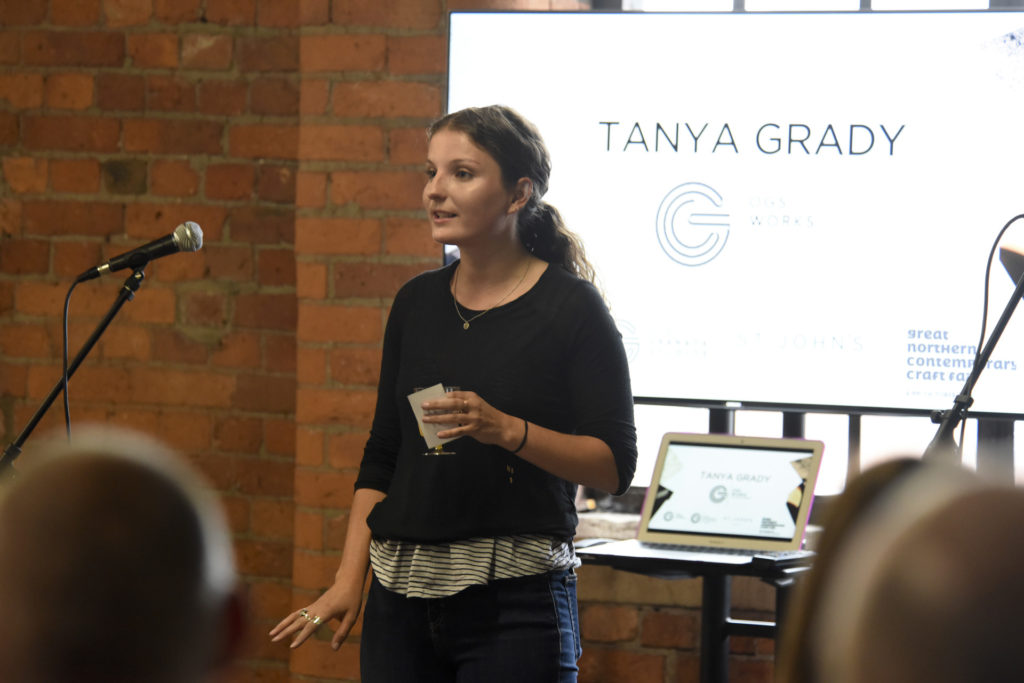By Tanya Grady, Head of Partnerships at Enterprise City
When you think of the home of American technology, San Francisco’s Silicon Valley is the undisputed destination. Its UK counterpart, East London Tech City, known as Silicon Roundabout, also supports a thriving community of technology businesses, leaders, directors and practitioners. But what do both of these places have in common?
Silicon Valley and Roundabout are both examples of business communities, where like-minded firms and people come together to work, collaborate and socialise. Shared ideas and inspiration fast-track progress for their people and constituent firms, and placemaking in this way also improves the overall business success of a region as the newly formed network prospers together.
When creative clusters are carefully curated, they feel organic and natural, they become a destination for the best digital, creative and tech talent in the area, forming a rich hiring pool. These people are attracted to the area at the prospect of exciting jobs and a thriving social and recreational scene. This then becomes a harmonious cycle of like-minded individuals and organisations. The hiring pool attracts more businesses looking to take advantage of it to the area, which in turn entices more talent to the area. This cycle creates a vibrant community of businesses looking for the best employees and job hunters looking for the best opportunities.
The creative ecosystem
Creative clusters must have a specific formula of established businesses, ambitious start-ups and daring disrupters in order to foster businesses and their people, this ecosystem ratio was researched as part of Tech Nation’s recent Scale Ratio. Each type of business has an essential role in the makeup of a creative cluster, allowing the district and firms within to flourish.
Large, recognisable businesses add repute to the district as they confirm that top employers are present in the area, helping to attract talent and investment. This kind of business also acts as an inspiration for smaller businesses to learn from and look up to.
Operating in the same area as established businesses can open opportunities for unique partnerships between large and small firms, which may not have been available otherwise. This has been seen recently in Manchester’s Enterprise City, where tech start-ups PropFolio and Gleensite have secured a partnership with Allied London, the developer behind the cluster.
Working in a big company is not for everyone and some people enjoy being involved in the development and scaling of a new business. When start-ups with hiring plans base themselves in a creative cluster, they create jobs for these kinds of people. As these businesses grow and scale with the support of the wider cluster, more jobs become available, and these start-ups move across to make way for and motivate the next generation of new businesses. Furthermore, start-ups tend to do business with fresher approaches, which established businesses and larger firms can take inspiration from to prevent them from becoming stuck in old ways.
Disrupters are especially important in tech, media and digital spaces as these industries are still new and evolving incredibly quickly. Fellow creatives can watch the disrupters test, succeed and fail and be encouraged to experiment so that they do not become stagnant and get left behind as the wider industry progresses.
Smaller more innovative firms are frequently bought and incorporated into larger tech businesses – see the hundreds of acquisitions that Facebook and Google have made in recent years – as the market leaders acquire the skills and innovation to keep them ahead. the proximity of working within a district enables these types of acquisitions and puts fast-growth businesses on the immediate radar of others in the same area.
The facilities
The most successful creative clusters have a range of facilities – both for work and leisure – that allow for a diverse and innovative mixture of people and businesses to operate alongside one another.
For the creative and digital industries, facilities that cater to all are especially important as not all work happens behind a desk. A good creative cluster will have studio spaces for photographers and videographers, production facilities for musicians and media producers and event and exhibition areas for creatives to showcase their work.
The facilities should represent the collaborative nature of a cluster, with dedicated break out rooms for peers to work together and be creative in, as well as bars, cafes and other social spaces for people to build connections and relationships outside of the work environment.
As hybrid working becomes more prevalent, employees will need more than just an office to bring them into the workplace regularly. Having leisure and retail amenities nearby, as in a creative cluster, provides that extra incentive to come into work and makes the cluster more than simply a place to work.
Amenities should reflect the general character of the district. For example, Enterprise City has an Everyman Cinema, Barry’s Bootcamp gym and is soon to be joined by a spin-off bar from Soho House. Destinations to suit the ambitious and modern workforce that uses the area. Its financial counterpart, Spinningfields, attracted The Ivy from Caprice Holdings and a series of new leisure venues from Living Ventures Group.
Working together
Businesses based within a cluster can feed into and support one another’s ethics, and the ethos of the overall cluster. For example, sustainability is moving further up business agendas and if a cluster has sustainability at its core, the firms and people within it can lean on this to better their own environmental efforts.
Enterprise City’s Manchester Goods Yard building, for example, was awarded a platinum Wired Score thanks to its focus on reusing old buildings as part of the development and being based in the sustainable district bolsters businesses’ eco-credentials.
As we emerge from the pandemic and lockdown restrictions, people are raring to get back to businesses and collaborate with like-minded people, and creative clusters offer the perfect space to do just that. The constantly evolving nature of these districts allows businesses and people to strive towards great successes with the support and encouragement of an entire community behind them.








